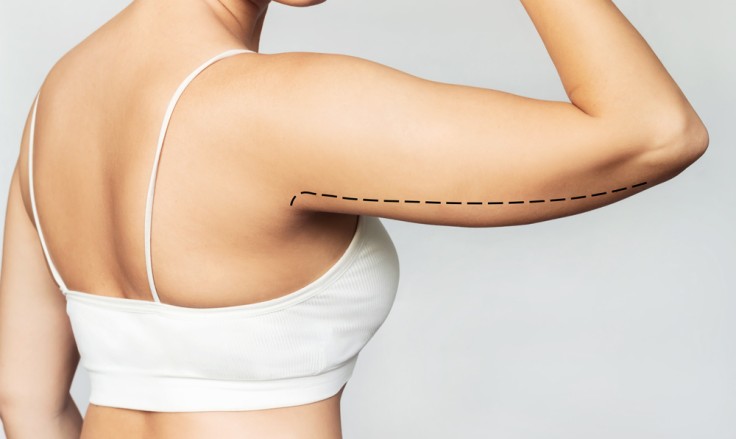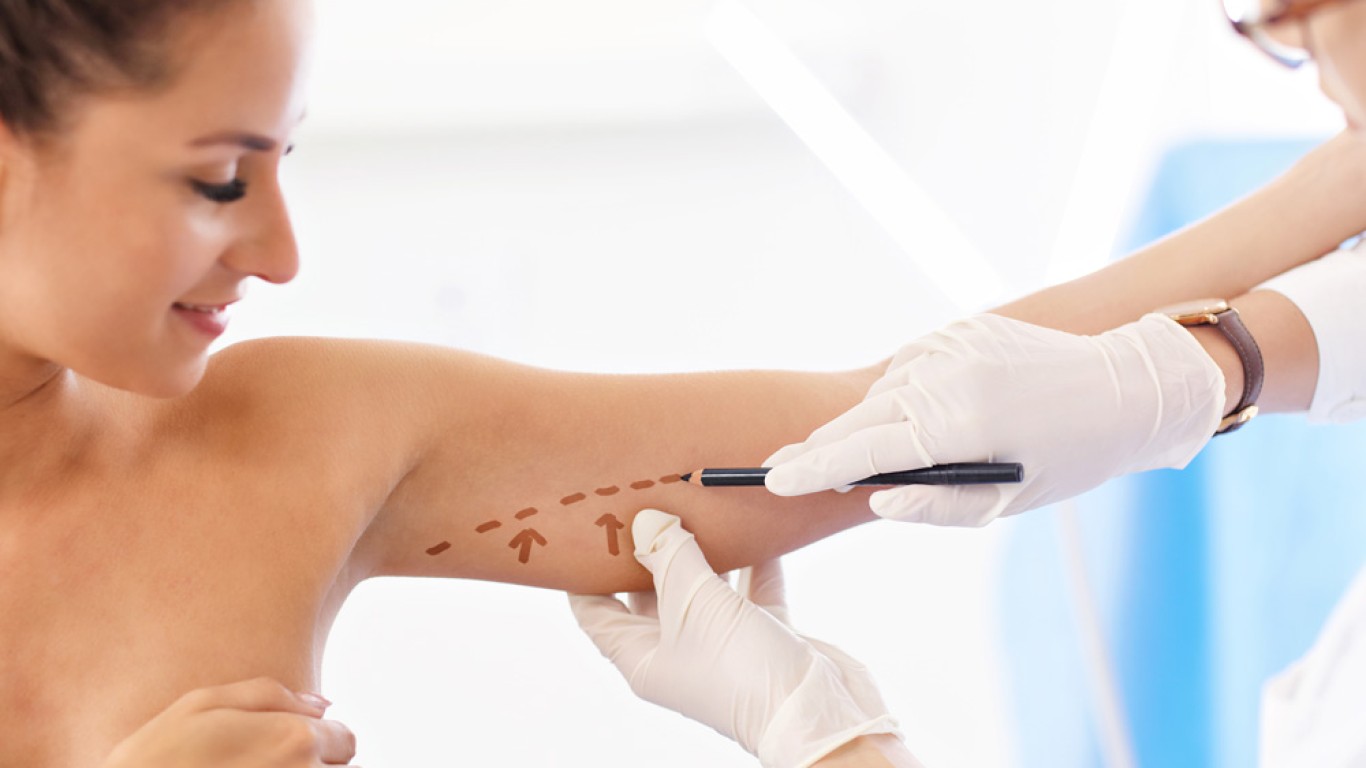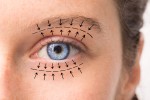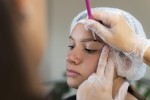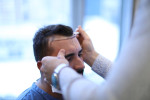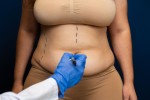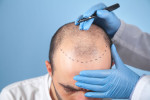Introduction
Brachioplasty can transform your upper arms by removing excess skin and fat. However, successful results depend on thorough preparation. Moreover, proper brachioplasty preparation ensures that you are physically and mentally ready for surgery. In this guide, we outline the essential steps you should take before your procedure. We cover medical evaluations, lifestyle adjustments, and practical planning. Ultimately, these tips will help you achieve a smoother recovery and more natural, long-lasting results.
Understanding Brachioplasty
Brachioplasty improves the contour of your arms by removing excess tissue and tightening underlying structures. Traditionally, many patients seek this procedure after significant weight loss or due to ageing. In essence, the surgery not only enhances aesthetics but also improves comfort during movement. With modern techniques, surgeons can make discreet incisions that minimise scarring. Consequently, a well-prepared patient is more likely to experience a positive outcome. Therefore, understanding what brachioplasty entails is the first step in effective preparation.
Pre-Operative Medical Evaluation
First and foremost, schedule a comprehensive medical evaluation with your cosmetic surgeon. During this consultation, your surgeon will review your medical history, assess your overall health, and may order blood tests or imaging studies. As a result, this evaluation ensures you are an ideal candidate and identifies potential issues. Moreover, your surgeon will advise you on any medications that need to be adjusted or discontinued before surgery. For instance, stopping smoking is crucial since nicotine can impede healing. In short, a thorough pre-operative evaluation is the cornerstone of brachioplasty preparation.
Lifestyle Adjustments After Brachioplasty
In the weeks leading up to your surgery, making lifestyle changes is essential. Firstly, focus on adopting a balanced, nutritious diet. Lean proteins, fruits, vegetables and whole grains provide the nutrients your body needs for healing. In addition, avoid processed foods and excessive sugar to optimise tissue repair. Secondly, reduce or eliminate alcohol consumption, as it can interfere with recovery. Equally important, if you smoke, quit immediately; smoking restricts blood flow and delays healing.
Physical Fitness and Weight Stability
Maintaining a stable weight before brachioplasty is critical. Many surgeons prefer that you have a consistent weight for several months prior to surgery. This ensures longer-lasting results and that your body is not under additional stress. At the same time, engaging in regular, light exercise can improve your overall fitness. For instance, gentle walks or stretching exercises can boost circulation without straining your body. Moreover, improved fitness can lead to a smoother recovery process.
Mental and Emotional Readiness For Brachioplasty
Preparing for surgery is not solely a physical process; mental and emotional readiness are vital. Many patients feel anxious or uncertain before an arm lift. Therefore, educate yourself thoroughly about the procedure. Ask your surgeon detailed questions about what to expect and potential outcomes. In addition, consider joining a support group where you can share experiences with others who have undergone similar procedures. Relaxation techniques such as meditation or deep breathing can help reduce stress. Ultimately, a calm mindset can improve both your surgical experience and recovery.
Organising Your Recovery Space
Practical planning is essential for a successful recovery. Begin by setting up a dedicated recovery space at home. Choose a quiet, comfortable area where you can rest and minimise physical strain. Ensure that this space has all the necessities: medications, water, healthy snacks, and reading material. Furthermore, arrange support from family or friends, especially during the first few days after surgery. In addition, consider organising transportation for follow-up appointments. In summary, a well-prepared recovery space reduces stress and aids in faster healing.
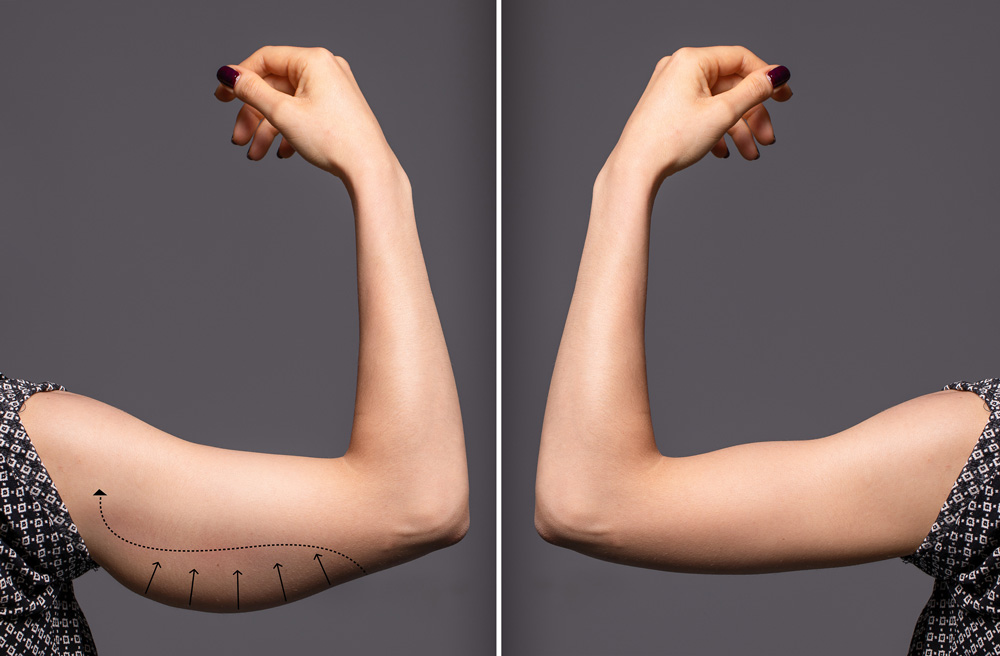
Preparing for the Day of Brachioplasty Surgery
On the day of your brachioplasty, it is vital to follow your surgeon’s instructions carefully. Prior to surgery, you may be required to fast for a set period. In addition, adjust any medications as advised by your healthcare team. Arrive at the clinic early to complete final pre-operative preparations. The surgery is typically performed under general anaesthesia, ensuring that you feel no pain during the procedure. However, you may experience some discomfort, swelling or bruising upon waking. Understanding what to expect can help reduce anxiety and set realistic expectations for recovery.
Immediate Post-Operative Care
The initial post-operative phase is crucial for a smooth recovery. Immediately after surgery, your healthcare team will monitor you closely in a recovery area. During the first 48 to 72 hours, focus on pain management and proper wound care. Take all prescribed medications on schedule. In addition, use ice packs for short intervals to reduce swelling. Keep the surgical area clean and follow your surgeon’s instructions regarding dressings. Rest is paramount during this period. In short, diligent immediate care lays the foundation for long-term success.
Gradual Reintroduction of Activity
After the initial recovery period, gradually reintroducing physical activity is essential. For the first 1-4 weeks, engage in gentle activities such as short walks. These light movements boost blood circulation and promote tissue repair. As you recover further, gradually increase your activity level. For example, from weeks 5 to 12, incorporate low-impact exercises like stretching or stationary cycling. Always follow your surgeon’s advice regarding exercise. In essence, a gradual return to activity helps rebuild strength and ensures that the surgical results are maintained.
Follow-Up Care and Long-Term Adjustments
Regular follow-up appointments are critical to monitor your progress. These visits allow your surgeon to evaluate healing and adjust your care plan as needed. Keeping a recovery journal can also be beneficial. Document your pain levels, activity, and any unusual symptoms. In addition, long-term lifestyle changes are necessary to sustain your results. Continue with a balanced diet and regular exercise even after you have recovered. Routine check-ups ensure that any issues are addressed early. Ultimately, follow-up care and ongoing adjustments contribute to the long-term success of your brachioplasty.
Conclusion
Thorough brachioplasty preparation is key to a successful arm lift surgery. By following expert guidelines, you can improve your surgical outcome and enjoy a smooth recovery. Proper pre-operative medical evaluation, lifestyle adjustments, and mental readiness lay the foundation for success. Organising a comfortable recovery space and understanding what to expect on the day of surgery further reduces stress. Immediate post-operative care, gradual reintroduction of activity and strict nutritional support accelerate healing. Finally, regular follow-up care and long-term adjustments ensure that your results are maintained over time.
Ultimately, commitment to these preparation steps can enhance the benefits of your surgery. A well-prepared patient is more likely to experience a smoother recovery and achieve natural, long-lasting results.
For more information and to book a consultation visit the ACIBADEM Beauty Center arm lift page.
Frequently Asked Questions
It includes a medical evaluation, lifestyle changes, and mental readiness.
Focus on a balanced diet rich in lean proteins, fruits, and vegetables.
Follow your surgeon’s instructions, fast as required, and arrive early.
Short, gentle walks are typically recommended after the first few days.
They allow your healthcare team to monitor recovery and adjust your care plan.
